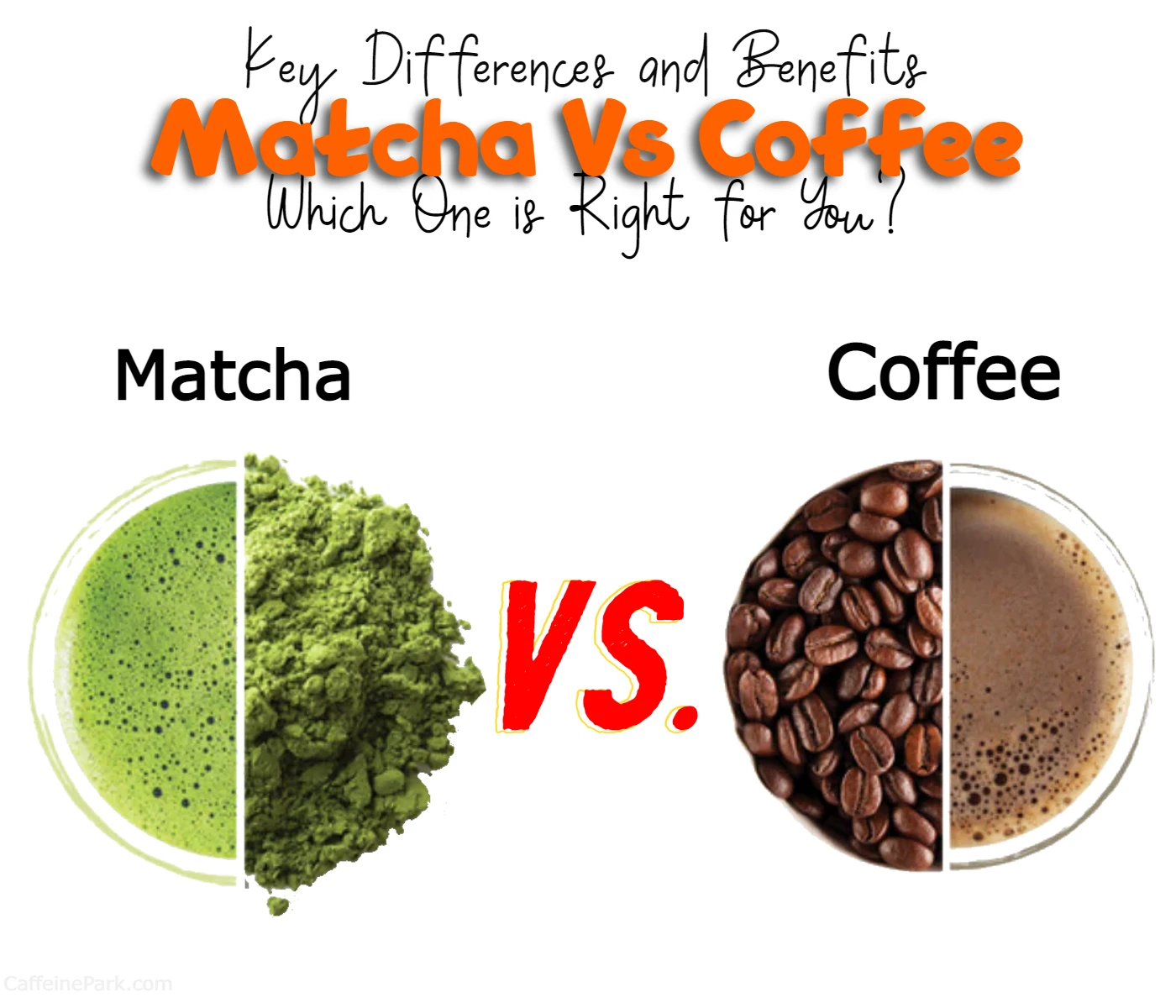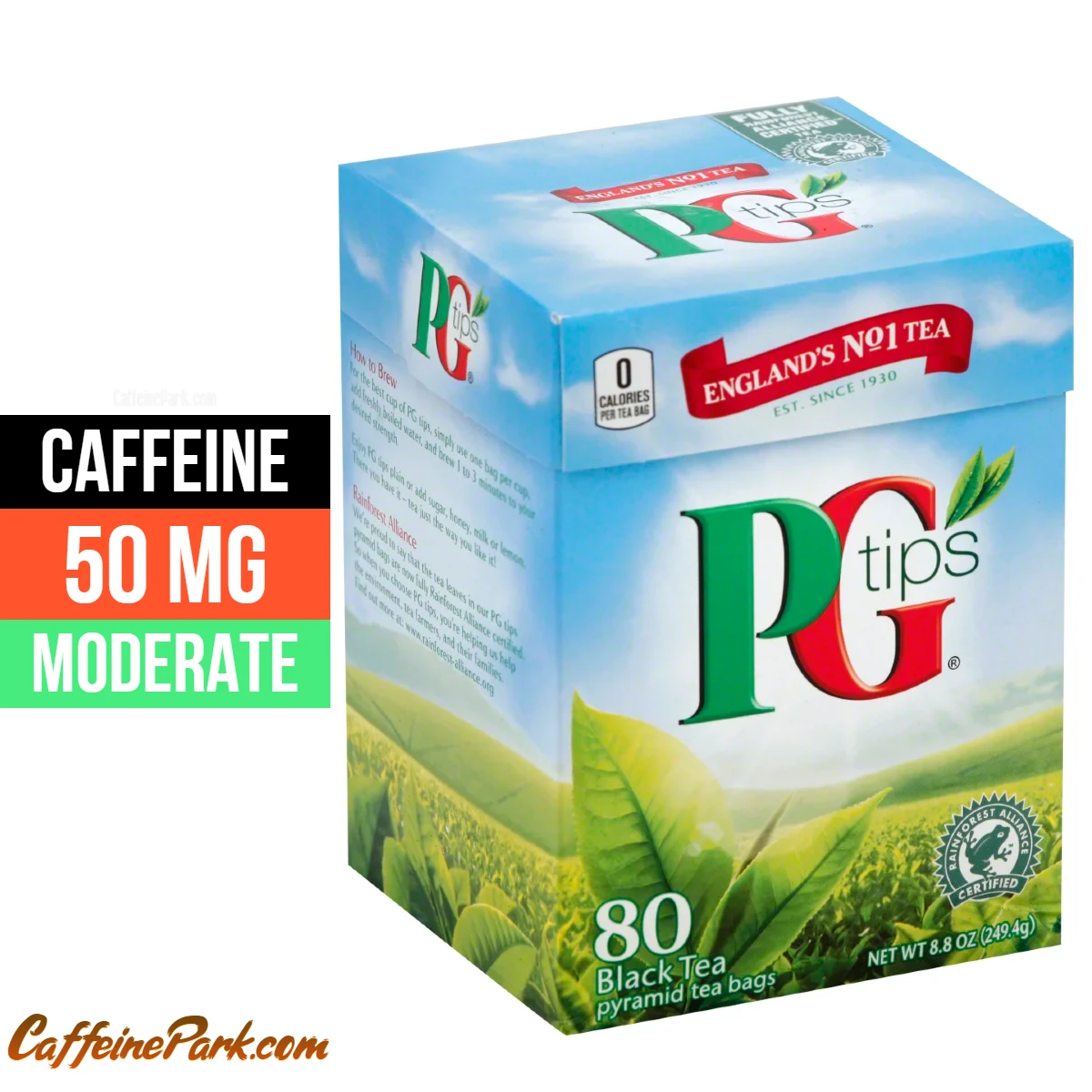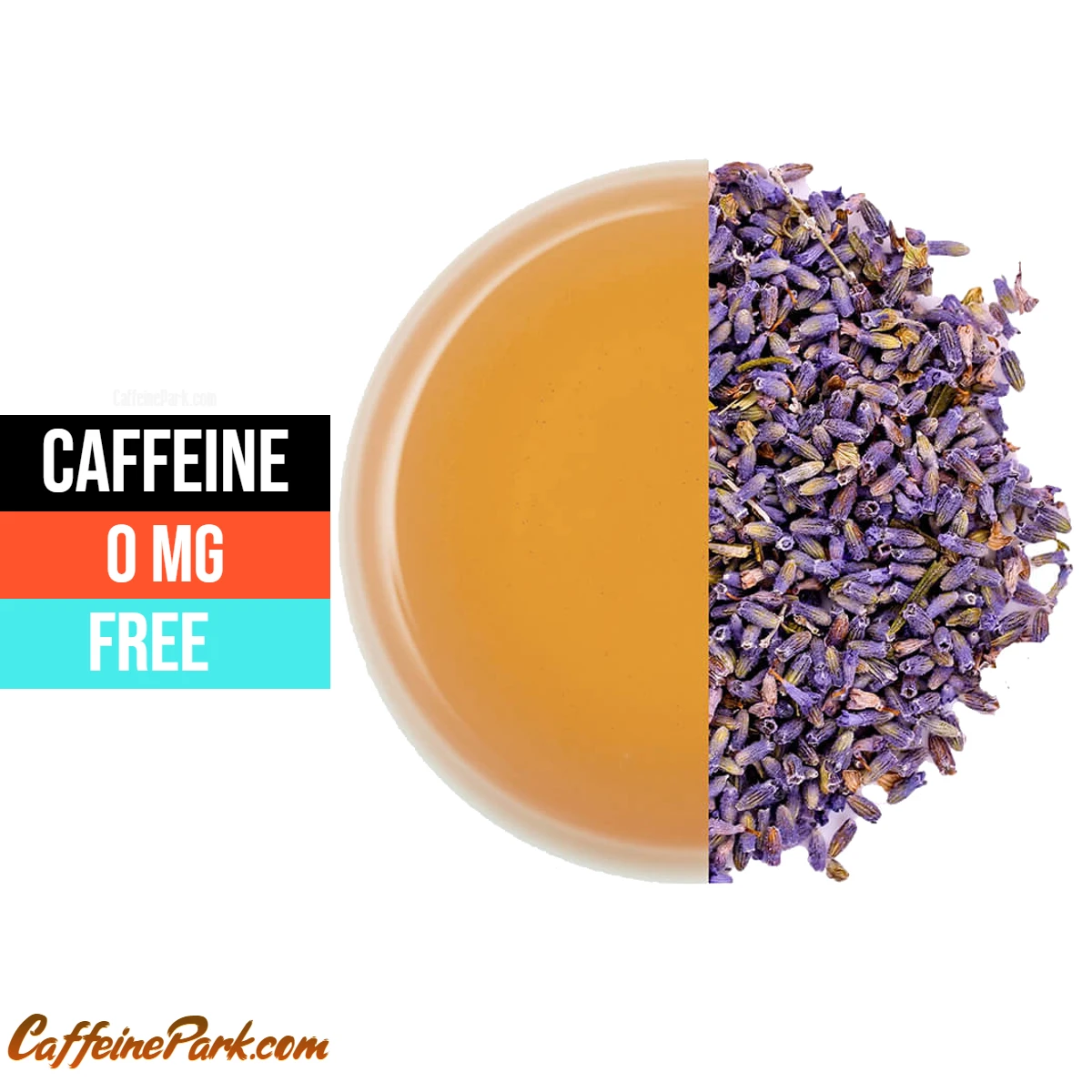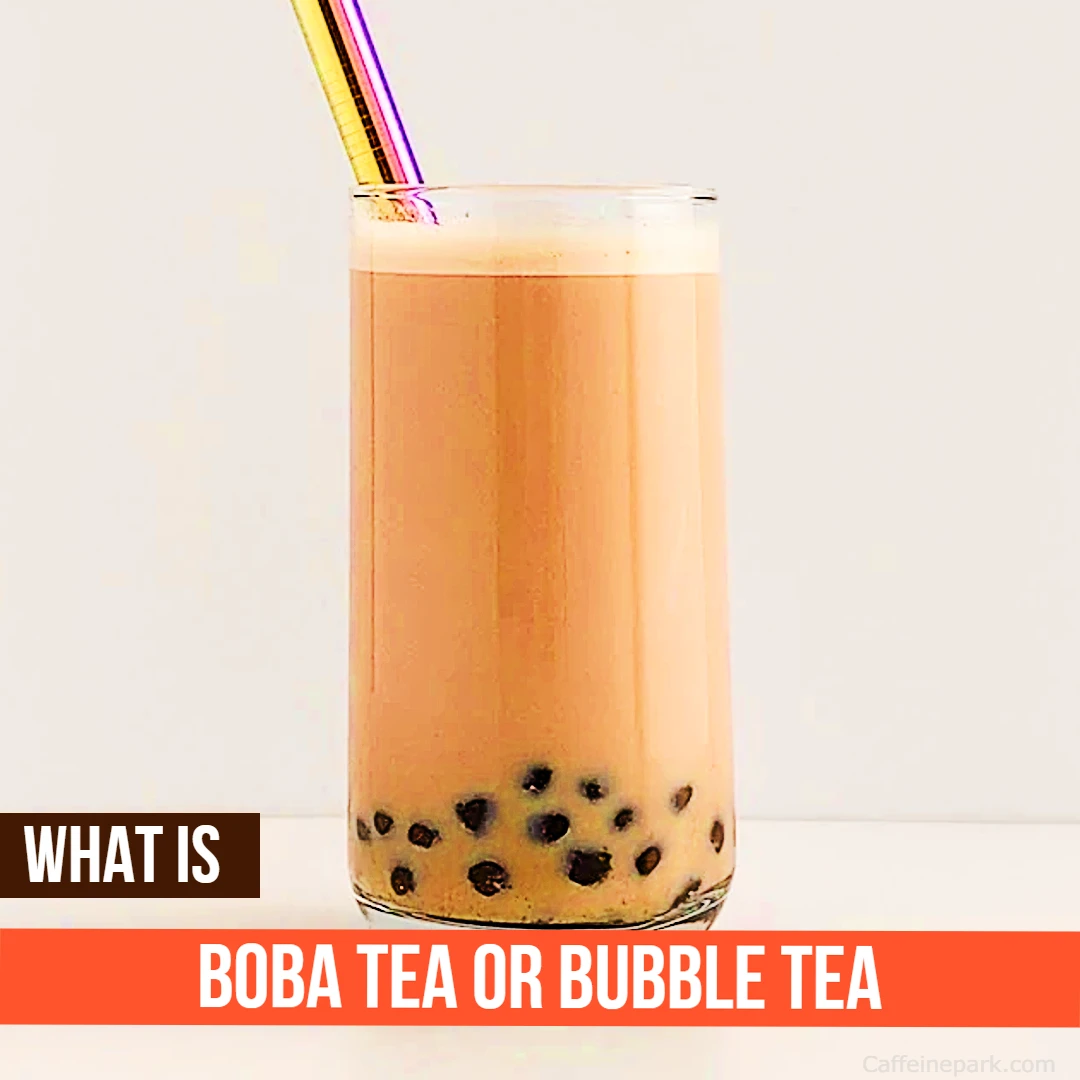What is Orange Pekoe Tea

Orange Pekoe comes from India, but it isn’t a single type of tea. It refers to a system of grading different types of Indian black teas. By using a scale of 1–6, an orange pekoe tea will be graded on its size and quality of the leaves. A lower number indicates a smaller leaf and therefore higher quality. If you see “OP” at the end of a price tag, it means the tea is made from a higher quality leaf and should taste sweeter and stronger.
For those who aren’t familiar with the term, orange pekoe tea is often confused with flavored black teas. These may be called ‘orange pekoe’, ‘organette’, ‘orange pekka’, or even just plain ‘black tea’. To ensure the best experience, always ask about the tea’s origin and grade when ordering.

Why Is Tea Called Orange Pekoe?
Orange Pekoe is an ancient name originating from China. Orange pekoe is not actually a type of tea, but a grade given to certain types of tea. A typical grade of tea includes a number of different grades. These grades are based on the size of the leaf, the quality of the tea, and other factors.
Most commonly, the grade is based on the amount of fine hairs found on the surface of the tea leaves. Tea experts will tell you that the best grade is called Orange Pekoe because of its high concentration of these tiny hairs. The highest grade of Orange Pekoe is called Golden Tips, and it is considered the finest form of tea.

Orange Pekoe tea grades
These subcategories may be based on country of origin, processing method, or any number of other characteristics. The grading system for Orange Pekoe tea includes:
- OP: Orange Pekoe.
- OP1: more delicate than OP; long, wiry leaf with the light liquor
- OPA: bolder than OP; long leaf tea which ranges from tightly wound to almost open
- OPS: Orange Pekoe Superior: primarily from Indonesia, similar to OP
- FOP: Flowery Orange Pekoe
- FOP1: limited to only the highest quality leaves in the FOP classification
- GFOP: Golden Flowery Orange Pekoe
- TGFOP: Tippy Golden Flowery Orange Pekoe
- TGFOP1: limited to only the highest quality leaves in the TGFOP classification
- FTGFOP: Finest Tippy Golden Flowery Orange Pekoe
- FTGFOP1 or STGFOP or SFTGFOP: limited to only the highest quality leaves in the FTGFOP classification
A tea grade is assigned to each batch of tea based on its flavor characteristics. There are six grades available: AAA (best), AA, A+, B+, C+ (worst) and D (unacceptable). These grades correspond to different levels of perfection.
- BP: Broken Pekoe
- FP: Flowery Pekoe
- F BOP: Flowery Broken Orange Pekoe
- G BOP: Golden Broken Orange Pekoe
- GF BOP: Golden Flowery Broken Orange Pekoe
- GF BOP1: Golden Flowery Broken Orange Pekoe 1: As above, but with only the highest quality leaves in the GFBOP classification.
- TGFBOP: Tippy Golden Flowery Broken Orange Pekoe

What Does Orange Pekoe Tea Taste Like?
Orange pekoe tea tastes like the blend of the tea master and the origin of the teabag you’re drinking. The tea master blends the tea, while the origin of the tea determines the flavor profile of your cup. Orange pekoe teas tend to have a deep and intense flavor profile.
The flowers of the Orange Pekoe Tea bush are called the Orange Blossom. These flowers give off an aroma when they are picked, which is why the name “Orange Blossom” is given to them. When grown in Australia, the Orange Pekoe is usually full bodied, whereas when grown elsewhere, it tends to be lighter in body.
Source’s:
Read More:





